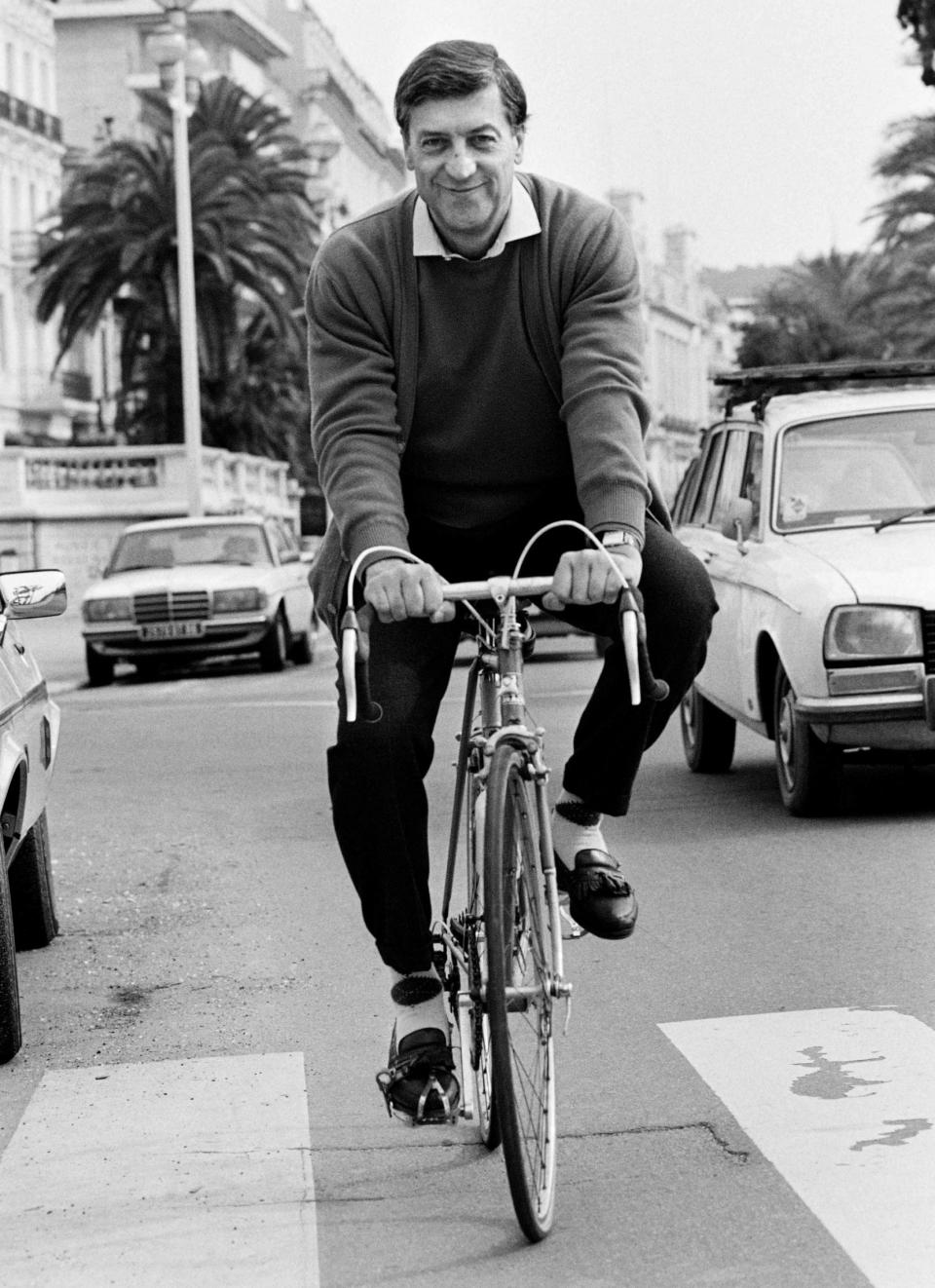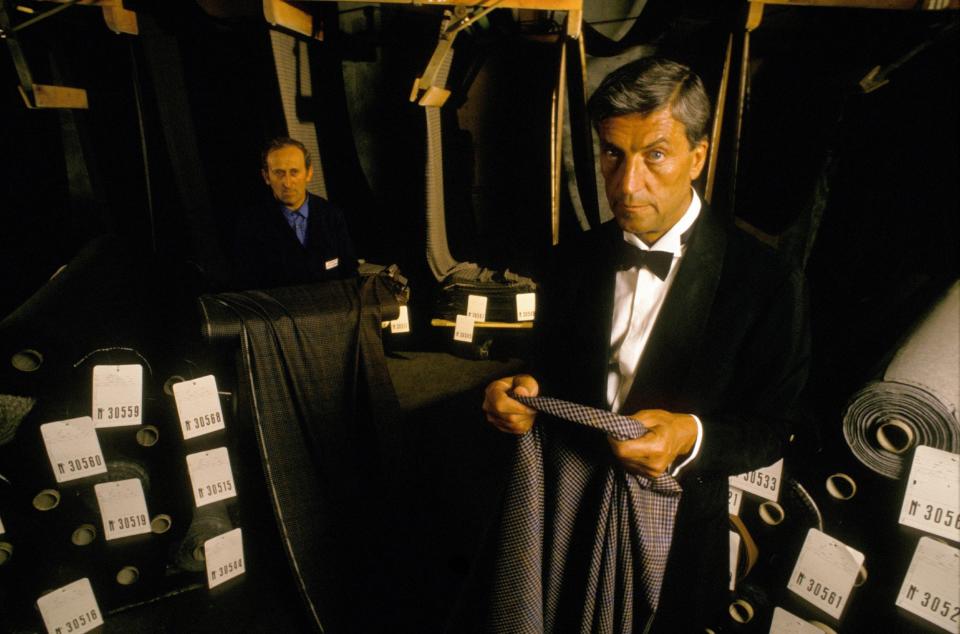Nino Cerruti, heir to a family textile business who turned it into a leading ready-to-wear fashion brand – obituary

Nino Cerruti, the Italian fashion designer, who has died aged 91, was credited with revolutionising menswear in the 1960s, with suits which exemplified qualities once considered quintessentially British: understated elegance, classic cut and fine fabrics.
The Cerruti story began in 1881 when Cerruti’s grandfather Antonio, and his two brothers established a mill in Biella, Northern Italy producing the highest-quality wools and luxurious textiles.
Nino was not quite 20 and studying philosophy when, in 1950, his father Silvio died unexpectedly, leaving him in charge of the textile mill. Forsaking his ambition to become a writer, Nino gave up his studies and, as the postwar ready-to-wear fashion market began to take off, decided to develop the family company by venturing into the clothing production.
In 1957 he invested in two factories in Milan dedicated to cutting and sewing and launched Hitman, a men’s range that pioneered the concept of luxury ready-to-wear, followed by a line of knitwear in 1963.
Things really got going in 1967, when he opened a boutique, named Cerruti 1881 after the year his grandfather founded his textile mill, in the Place de la Madeleine in Paris and presented his first catwalk collection.

The fabric production under the name of Lanificio Fratelli Cerruti and the Hitman label remained in Italy, but Nino Cerruti became associated with the Paris fashion scene rather than that of Milan and he continued to diversify – into women’s wear, jeans, fragrances, accessories and a sportswear line. “Italy is home,” he said, “but Paris is my stage.’’
His women’s collections featured mohair, silk, gabardine and cashmere, cut into designs that struck a balance between classic and creative. As with his menswear collections, the result were pieces that were always fluid and accessible, appealing to a clientele who dismissed passing fads.

His influence was far reaching. Coco Chanel became an ardent fan of his menswear-inspired women’s trousers, shirts and jackets. Giorgio Armani came to vie with Cerruti for the title of King of the Suit, but it was Cerruti who gave his talented young compatriot his first break, hiring him at the Hitman factory in the mid-1960s.
“From [Cerruti]” Armani has recalled, “I learned not only the taste for sartorial softness, but also the importance of a well-rounded vision, as a designer and as an entrepreneur.”
Beginning with the French gangster classic Borsalino (1970), Cerruti also established himself as one of the film world’s leading clothiers. Jack Nicholson wore Cerruti in The Witches Of Eastwick (1987), Richard Gere in Pretty Woman and Jeremy Irons in Reversal Of Fortune (both 1990), Robert Redford in Indecent Proposal (1993) and Harrison Ford in Clear And Present Danger (1994).

For many years no self-respecting contender for the Best Actor Oscar would appear at the ceremony in anything other than a Cerruti tux. In the 1990s Nino himself, tall, dapper and unfailingly courteous, made cameo appearances in Hollywood films including Catwalk and Cannes Man (both 1996). In 1994 he was the official designer for the Ferrari Grand Prix team.
By the turn of the century the Cerruti brand had a presence in 25 countries around the world and flagship stores in all the fashion capitals. But it had also begun to suffer an erosion of market share and name recognition as the fashion industry consolidated.
In October 2000 Cerruti sold a controlling stake in his company to Fin.Part, an Italian industrial group which had been producing Cerruti’s jeans line for six years under licence, apparently thinking that he was securing a global expansion – and his son Julian’s succession.

Less than a year later, however, Fin.Part bought the rest of the company and forced the Cerrutis out claiming irreconcilable differences. In 2006, the company would be sold on to the private equity firm Matlin Patterson.
After the break, Nino Cerruti concentrated on the textile mill that had remained at the heart of the family business.
He was born Antonio Cerruti in Biella, Italy, on September 25 1930, the eldest of three sons of Silvio Cerruti who had taken over the family textile business from his father Antonio.
Though forced to drop out of his philosophy studies at university, Nino Cerruti was sometimes referred to as the “philosopher couturier”. Philosophy, he observed in 1998, “is something you study all your life, but today what people think of as philosophy is just decent conversation.”
In 2018, the family textile mill in Biella was acquired by London-based fund Njord Partners.
Nino Cerruti was twice married and had a son and a daughter.
Nino Cerruti, born September 25 1930, died January 15 2022

 Yahoo News
Yahoo News 
